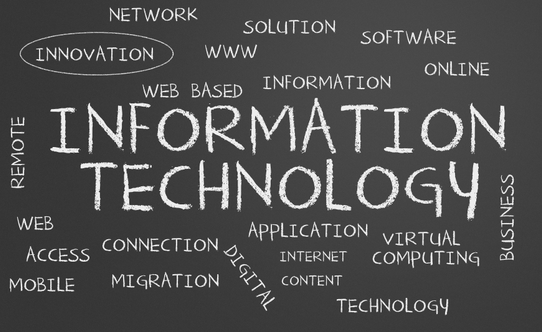State and local governments face a challenge when deploying new IT solutions. CIOs must build the right digital services that their constituents demand, and also must design IT systems and architectures that actually support the new services – all in an environment of tight budgets and staff reductions.
Faced with these internal and external pressures, today’s CIO must maximize existing IT investments to improve services. This will allow them to achieve the following:
- Build internal efficiencies by integrating technology components, like mobile, cloud, ECM and GIS.
- Leverage portals for online transactions and move traditional in-person document management tasks online.
- Through effective IT deployment, re-allocate time and money to drive improved morale, efficiencies and reduce costs.
- Engage the business community and citizens to help dictate needed services to transform communities.
These four objectives show the internal and external pressures faced by IT administrators. Meeting the external (responding to community needs) and the internal (driving improve efficiencies) demands are both foundations of effective IT.
On the external side, it’s clear that citizens have heightened expectations of government services. Just think about when we go to Amazon, Spotify, or Netflix –we are given a menu of options that are tailored for us. Although these services present some very important considerations on privacy and rights, they do indicate that for government, there are a lot of great opportunities to tailor online services for citizens and make better decisions for communities.
For government, getting to the Amazon style of online services is not so easy. Creating the kinds of IT architecture needed to support new digital services is challenging. But the key is that agencies need to think about integrating their solutions. This means that cloud, ECM, GIS and mobile are all must work seamlessly to provide more clarity to the front-line employee, which can then be translated back to a constituent.
For instance, imagine an employee who is spends 60% of their time in the field collecting data around housing permits. They should be equipped with a tablet that can access documents to file reports, connect to the cloud to share back to the office, and leverage GIS to track their route. This data then can be made public to the community, and people can leverage the information in new ways to think about the status of their community, and empower them to take action.
The housing permit example is a good example of how effective IT can help an employee do their job better. An instance of improved policymaking through IT comes from a current issue facing my hometown of Syracuse.
In 2017, a 1.4 mile elevated stretch of the highway Route 81, which cuts right through the city, will reach its end of life. The community is considering the following options:
- Repair the highway and re-route traffic
- Tear the highway down, build a new boulevard and re-route traffic
- Dig a tunnel to replace the stretch of highway
For better or worse, the highway has been a central figure in the community for decades. The issue is also incredibly complex, as the entire community will be affected by this decision. Commuters, those involved in economic development, local business, neighborhoods, restaurant owners, and more all want to be sure that a decision is made that fits their needs.
To provide clarity to the issue, various organizations, city officials and the Department of Transportation have conducted several studies, created charts, maps, and explored the pros and cons of each option. They were able to explore complex questions like:
- If we build a boulevard, what kinds of economic development opportunities will there be?
- What will happen to commute times in the city?
- Where will traffic go? What will be the impact on roads with additional traffic?
- How much will a tunnel cost to build?
- What will be the impact on neighborhoods in the city?
But to get to answers to these questions, IT leaders needed to equip planners and leaders with right information, and help them understand the information from their documents and data. This required IT to quickly share information, and help guide the community towards the right decision. As citizens now engage with government in a variety of ways, you must make sure that documents from meetings, hearings, reports and any information needed to inform citizens, are readily available on your website – that means proper document management. There has still yet to be a decision made on what to do next, but it’s an interesting case study to show how IT can help communities arrive at better, more informed decisions.
IT plays an essential role in community planning. Communities are interconnected and complex, but with sound IT deployment, you can provide improved clarity to issues and drive better policy outcomes.






Leave a Reply
You must be logged in to post a comment.